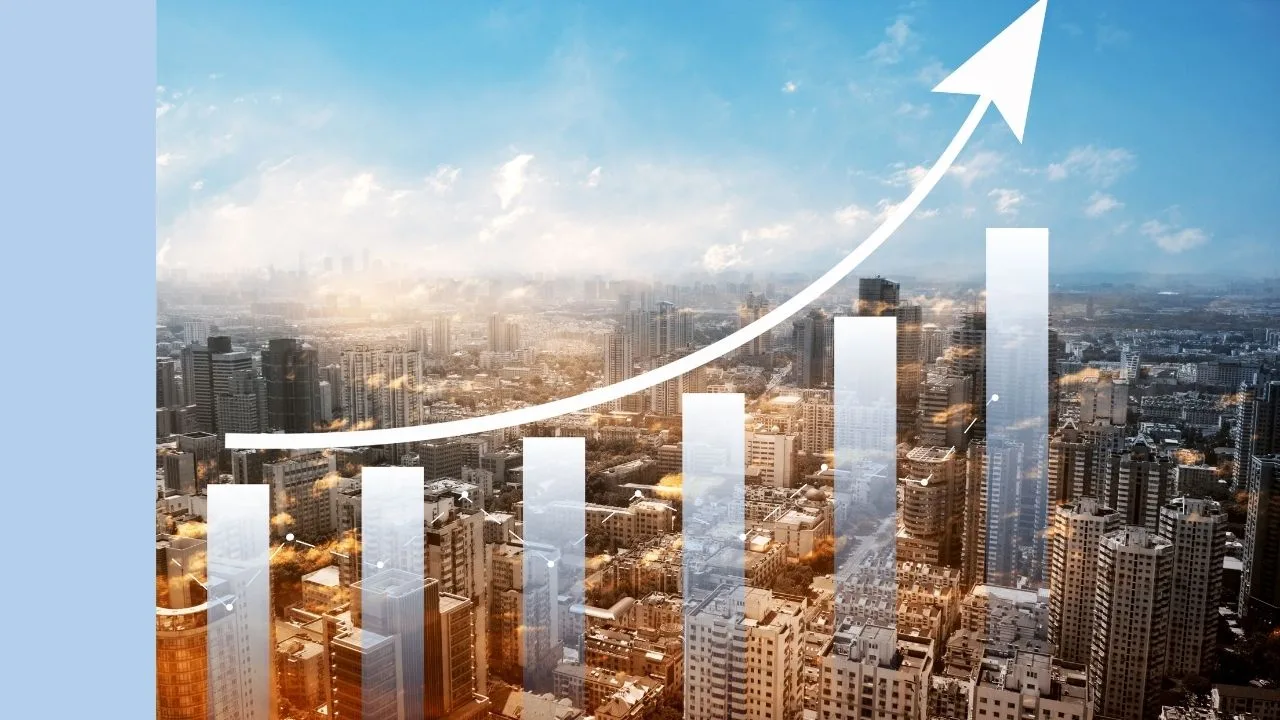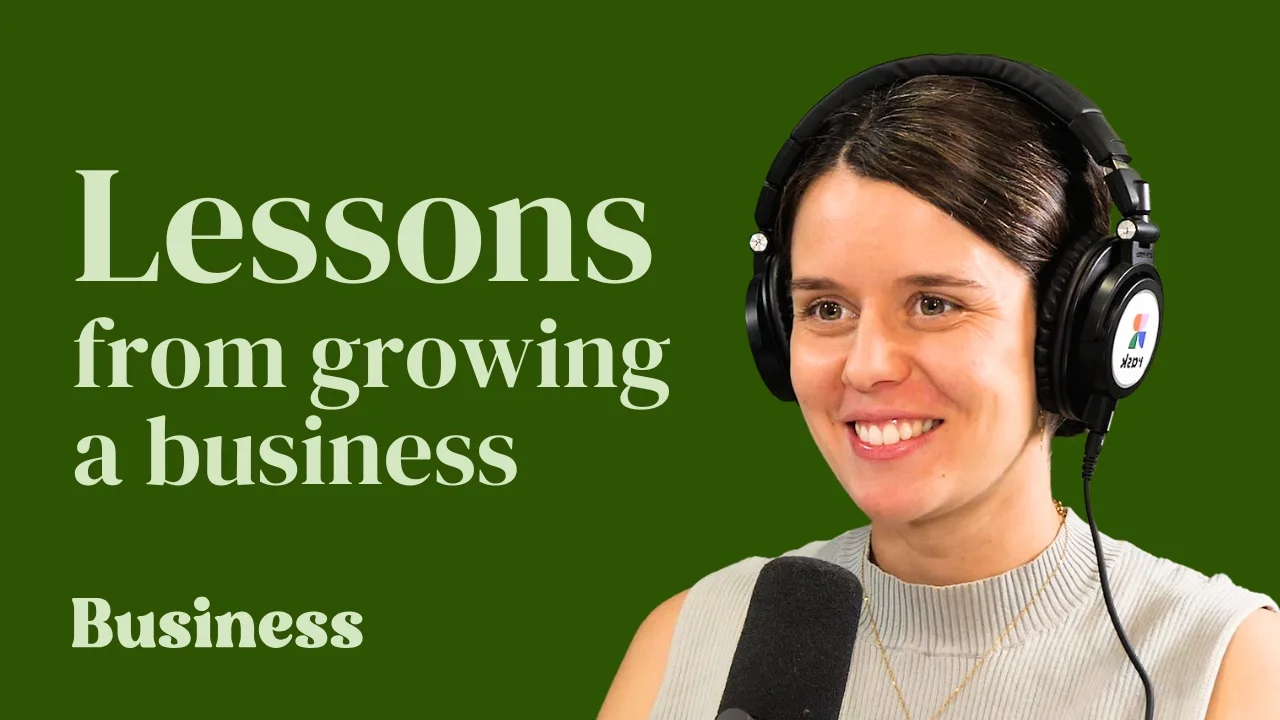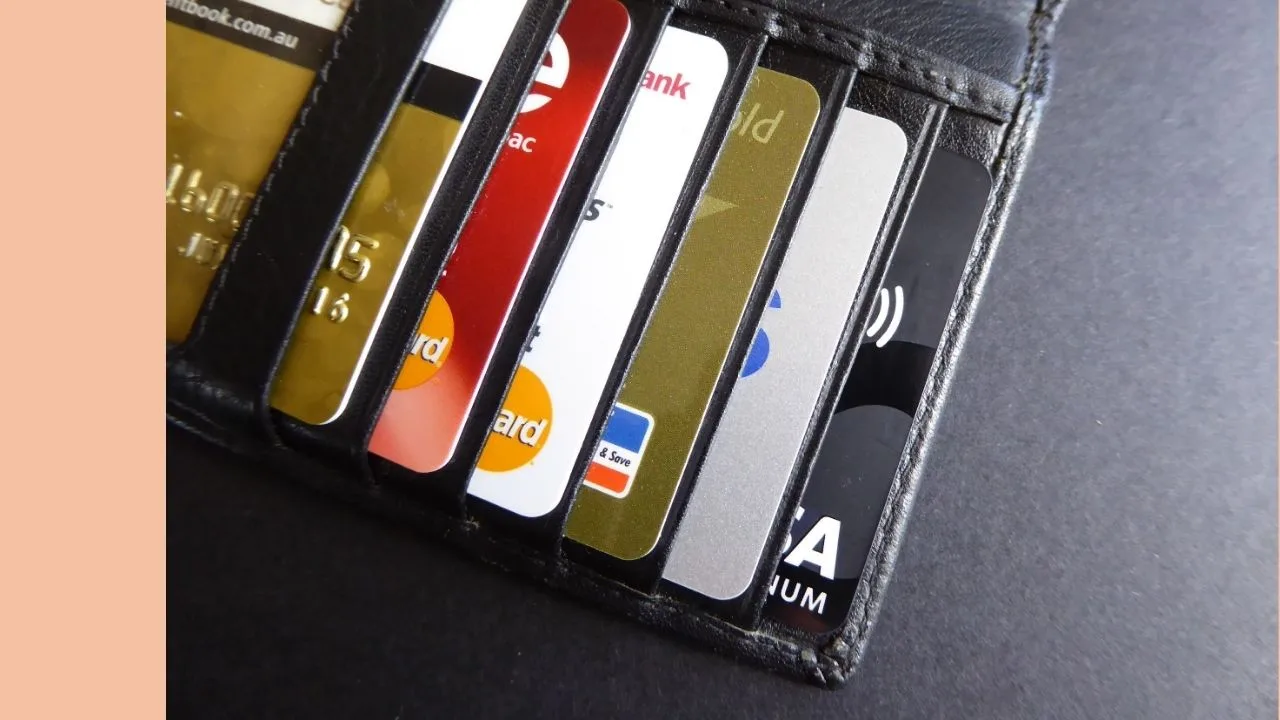Software developer Integrated Research Limited (ASX:IRI) has said it expected revenue to be flat for FY18, with profit growth of 1-5%, citing a cyclical downturn in infrastructure and underperforming European operations.
After such a solid first half – where revenues and profits were up 5% and 20%, respectively — it suggests a much weaker than hoped second half. The market’s reaction has been brutal, sending shares down over 24% lower, a good 40% below the 12-month high.
It’s disappointing, but I don’t think the quality of the business has changed, nor it’s longer-term growth potential. Indeed, we should remember that this kind of thing has happened to Integrated Research before.
Earnings dropped lower in both 2013 and 2014, and yet have still averaged 13% growth over the past decade. Growth tends to be step-like.
As replacement/upgrade cycles come and go, and customers deal with their own budget and strategic considerations, contract wins can easily fall into later than expected reporting periods. Additionally, investments in sales and systems take time to bear fruit, and can dampen margins in the short term.
Sales movements are further exaggerated at the bottom line due to the inherent operating leverage in the business. With a relatively fixed and scalable fixed cost base, at around two thirds of sales, it takes only a 3% move in sales to affect a 10% change in net profits, roughly speaking.
So sales can be tough to forecast in any given reporting period, and earnings even harder.Which is probably why – appropriately — management don’t issue profit guidance with results. It’s maybe also why the market has historically found it tough to value shares (the PE has ranged between 8 and 25 since 2011).
However, given a solid industry tailwind, upsell opportunities to existing customers, significant ongoing R&D and product development, as well as positive operating leverage (iegrowing net margins) – I believe Integrated Research will deliver significantly higher earnings in the years ahead. And, as an adder kicker, a weaker Aussie dollar may help (95% of earnings come from offshore).
Importantly, as growth resumes shares will again attract a much more optimistic marketmultiple.
Without getting lost in detailed valuation models, I think it’s reasonable to assume (at least) upper single digit sales growth in the years following a flat 2018. Ascribing conservative margins and multiples, and accounting for the 2.3%-odd dividend, I think the current market price can be seen as attractive.
It’s possible, perhaps likely, that shares will continue to wallow for some time yet – it can seem a long term between results, and evidence of a rebound will take time to show. But with 87% recurring revenues, no debt and >$9m cash in the bank, the business is extremely well placed to weather any sales dip, and the longer term opportunities remain attractive.
There’s no formula for picking the bottom, but I believe the latest price fall represents good value for the patient and disciplined investor.
Get More Insights On Strawman – Australia’s Premier Investment Club
This article contains general financial advice or information only (under AFSL: 501 223) and should not be relied upon. This information does not take into consideration your needs, goals or objectives. Therefore, you should consult a licensed financial adviser before acting on any of the information presented here. Past performance is no guarantee of future returns. Andrew Page and Strawman hold no positions in any stocks mentioned.







